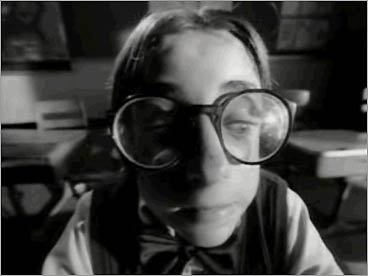
Dear Rich: Is it a fair use to stream music and playlists from services like Pandora or Grooveshark as background music in the public K-12 classroom, when not part of a direct-teach unit as would be protected by section 110? Though I’ve seen a number of teachers tying this background use of music to studies showing the beneficial effects on general education and cognition, it seems to me that without a specific curricular objective, section 110 might not apply. When I contacted Grooveshark and Pandora to ask if they granted permission beyond personal use, both said that they did not distinguish between non-profit and business uses and that a non-instructional classroom use would most likely be deemed a public performance requiring licensing. While I realize it’s unlikely the copyright police are going to come storming in and arrest teachers for playing their Grooveshark playlists, I would like to give the teachers who attend my copyright workshop a decent response as to whether or not this is an acceptable practice. (Interestingly enough, Netflix said right away that using a personal Netflix account in the classroom was completely acceptable, though in that case I only asked concerning educational showings of streaming video and not entertainment.) We think you are correct. The difference between Netflix and Pandora is that in the case of Netflix,
Section 110(2)(B) exempts the classrom use if "the performance or display is directly related and of material assistance to the teaching content of the transmission," -- that is, you are teaching something about the movie being presented. Unless you are evaluating the
eccentricities of Lady Gaga, we doubt you can make a similar argument that would qualify a Pandora playlist under Section 110. It's true that your performance of the playist may induce learning (much like background
music induces shoppers to buy) but there doesn't appear to be a exemption for that, and it probably violates your individual
Pandora license.
No comments:
Post a Comment